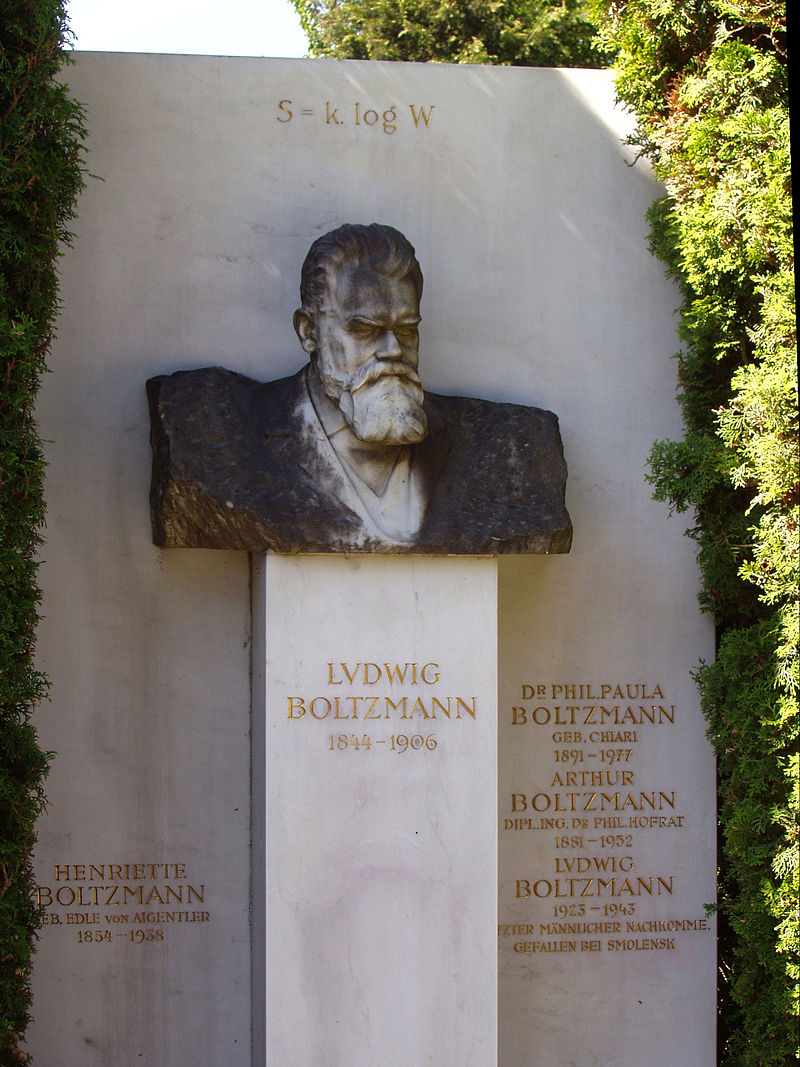Why physical spontaneous process goes one way not the other. That is to say, an inflated balloon will always deflate. State of equilibrium is the GOD given theory. Given time all energy states seek the ultimate equilibrium. Classical physicists explained in the second law of thermodynamics which states that the total entropy of an isolated system can never decrease over time. Isolated systems spontaneously evolve towards thermodynamic equilibrium, the state with maximum entropy. In thermodynamics, entropy is a measure of the unavailability of a system’s energy to do work.
The thermodynamic study encompasses pressure, volume, and temperature. Foundation of Thermodynamic laid down by famous classical scientists Robert Boyle (25 January 1627 – 31 December 1691), Jacques Alexandre Charles (November 12, 1746 – April 7, 1823). Avogadro (1776–1856) hypothesis proposed that the volume of a gas (at a given pressure and temperature) is proportional to the number of atoms or molecules regardless of the nature of the gas.
The concept of thermodynamic entropy arises from the second law of thermodynamics. The history behind the second law of thermodynamics was in Carnot (June 1, 1796 – August 24, 1832) principle. Rudolf Clausius (January 2, 1822 – August 24, 1888) explained the relationship between work and heat transfer which was the foundation for the second law of thermodynamics and entropy. Change of Entropy is defined by the ratio of heat flows into a system and the system’s change in temperature. Mathematically it is defined as ∆S = ∆Q/∆T.
Late 1800 scientists and physicists started to understand the atomic and molecular aspects of materials; they studied the movement of gaseous particles experimentally. Dynamic analysis of gas established kinetic theory of gases and it required statistical mechanics and mathematics. In a system, movement (kinetic energy) of gas molecules needed to analyze with temperature change. Modern physics started to developed statistical data and equations from microanalysis. Ludwig Boltzmann is considered a pioneer in the field of statistical analytics. James Clerk Maxwell (13 June 1831 – 5 November 1879) and Ludwig Boltzmann (February 20, 1844 – September 5, 1906) developed the Maxwell–Boltzmann distribution, a statistical means of describing aspects of the kinetic theory of gases. Combined work of James Clerk Maxwell and Boltzmann opened the door to quantum physics and statistical mechanics.
Modern physicists and scientists dealt with molecules and atoms. Thermodynamic macro study enhanced with microanalysis of atoms and molecules. Due to the randomness of energy behavior of atom and molecules along with the idea of energy quantization, statistical probability came into the picture for the entropy calculation. This was where the bridge of classical and quantum definition of Entropy. The entropy of a particular macrostate is defined to be Boltzmann constant times the natural logarithm of the number of microstates corresponding to that macrostate, or mathematically S= k ln Ω. Where S is the entropy, k is the Boltzmann constant, and omega is the number of microstates.
Boltzmann first linked entropy and probability in 1877. Max Planck first introduced k as a specific constant called Boltzmann constant. Planck calculated the value for it as 1.346×10−23 J/K, in his derivation of the law of black body radiation in 1900–1901.
The short form of the equation “S = k ln W” etched on Boltzmann’s tombstone. Planck actually introduced it in the same work as his eponymous h (plank constant).

There was great debate among scientists during 1800 on the atom, chemical molecules. No clear agreement for physical molecules as measured by kinetic energy. The art of experimenters has made over the years, a great number of methods have been discovered for measuring the mass of a molecule.
In 2017, the most accurate measures of the Boltzmann constant were obtained by acoustic gas thermometry. 1.380649×10−23 J/K is accepted as the value of the constant.
From the photoelectric effect, Einstein found light is a packet of energy called the photon. But various ideas came before that which opens the door to quantum physics. Each of the ideas over time actually opens the door to quantum physics partially. So we should understand these steps before we jump into quantum physics. We have some understanding of macro and micro-steps of thermodynamics along with Boltzmann constant. You may have heard ultraviolet catastrophe in black body radiation. We will dig through the findings of the plank constant in our next discussion. Stay tuned.
















Comments »
No comments yet.
RSS feed for comments on this post. TrackBack URL
Leave a comment